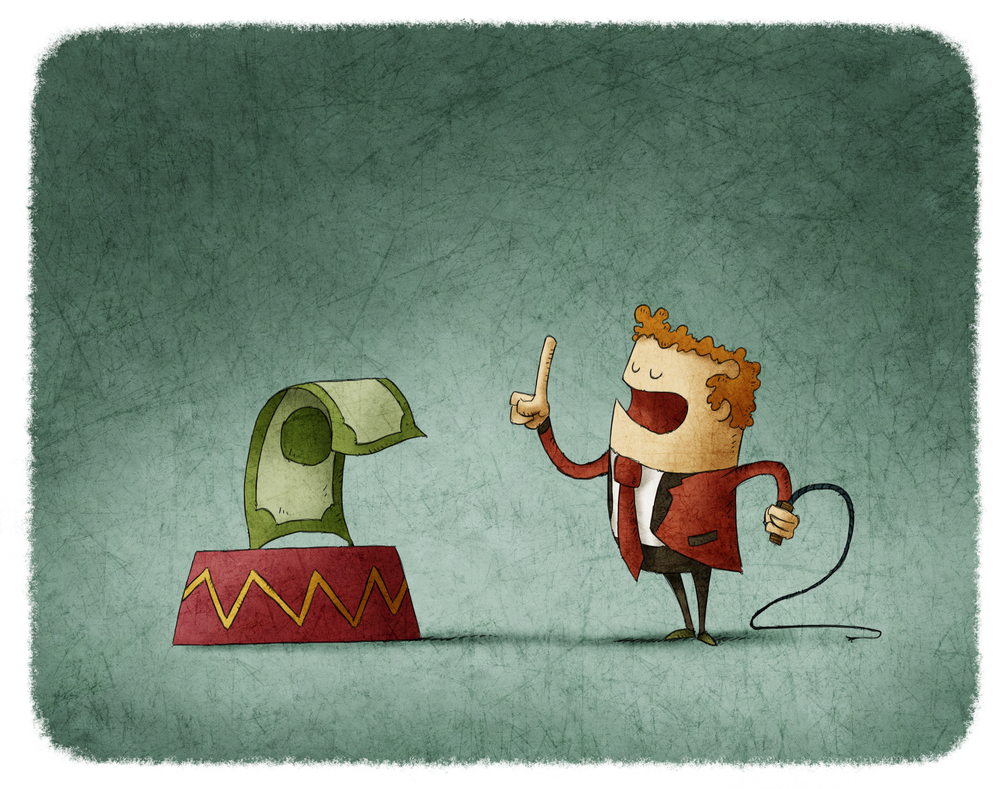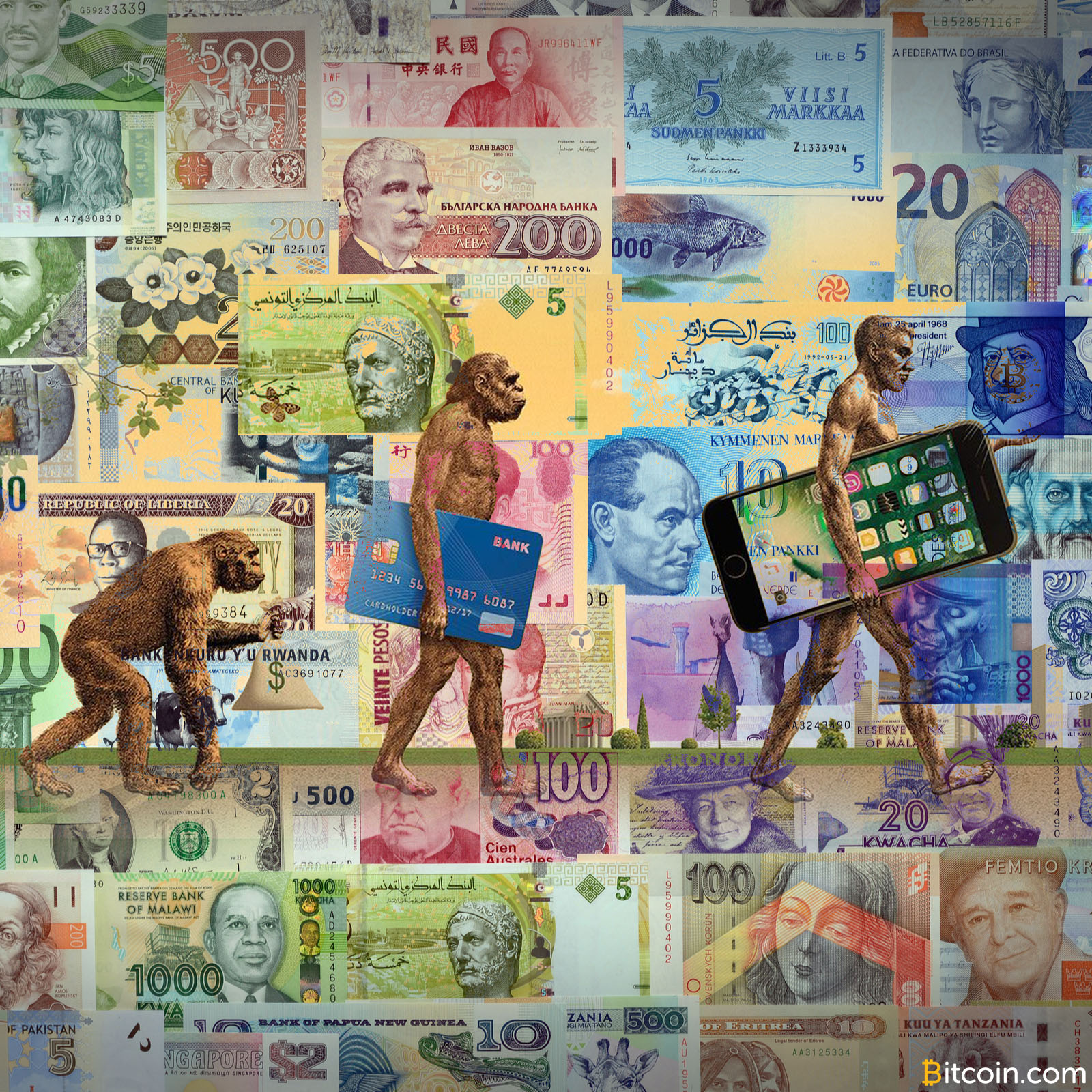
Our current economic system can be compared to a merry-go-round that has us consuming, trapped in debt and spending as quickly as we earn. What is fiat currency? Why do we use it and who controls it? And how does it compare to gold and bitcoin? It is worth going back to basics, to better understand the fundamentals of what makes money money.
Also Read: Why a Global Recession Would Be Good for Bitcoin
What Is Money?
The first ever currency is credited to King Alyattes in Lydia in 600BC, and the first coin ever minted features a roaring lion, according to the Greek historian Herodotus. Fast forward to the 21st century, and fiat money is now paper money and coins are not convertible into gold or silver but are made legal tender by fiat (order) of the government. Fiat currency is used for trade, to facilitate the direct exchange of goods and services. Without money we cannot easily acquire basic necessities such as accommodation, food and clothing.
The value of a nation’s currency is strongly tied to the value of its imports and exports. So any country that exports gold or has access to gold reserves will also see an increase in the strength of its currency when gold prices rise since this increases the value of the country’s total exports.
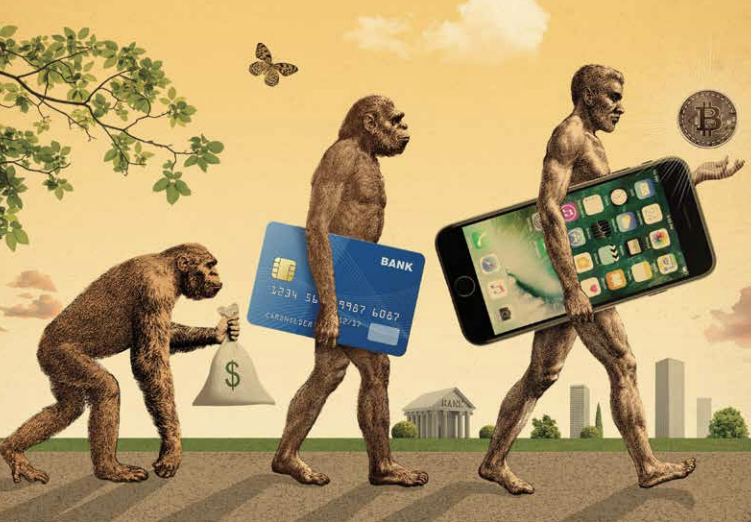 A new medium of exchange in the form of cryptocurrencies arrived when Satoshi Nakamoto launched Bitcoin in 2009. Unlike government issued currencies, Bitcoin has no central party responsible for controlling it.
A new medium of exchange in the form of cryptocurrencies arrived when Satoshi Nakamoto launched Bitcoin in 2009. Unlike government issued currencies, Bitcoin has no central party responsible for controlling it.
The International Monetary Fund (IMF) is an organization that monitors global economic and financial developments. It defines money as follows:
In short, money can be anything that can serve as a store of value, which means people can save it and use it later—smoothing their purchases over time; unit of account, that is, provide a common base for prices; or medium of exchange, something that people can use to buy and sell from one another.
The IMF’s managing director Christine Lagarde acknowledges that money itself is changing, as cryptocurrencies such as bitcoin and ethereum vie for a spot in the cashless world, with the promise of quicker and cheaper settlement.
Who Controls Fiat Money?
In the U.S., monetary supply is controlled by the Federal Reserve, while around the world prominent central banks such as the Bank of England, European Central Bank, Swiss National Bank, People’s Bank of China, and Bank of Japan control fiat by adjusting its supply and the cost of borrowing it through setting interest rates.
The interest rate is the percentage charged on the total amount you borrow or save. Even a small change in rates can have a huge impact. These tools give the Federal Reserve and central banks free will to create booms and busts within the economy. Central banks also monitor the amount of money in the economy by measuring so-called monetary aggregates.
Politics and macroeconomic trends are important themes to follow as this affects the quantity of money circulating in an economy. This is why the escalating trade war between the U.S. and China is extremely important to follow. The IMF has warned that trade war could cost the global economy $430 billion. The impact of this will trickle down and hurt consumers. As U.S. President James Garfield noted in 1881:
Whoever controls the volume of money in any country is absolute master of all industry and commerce. And when you realize that the entire system is very easily controlled, one way or another by a few powerful men at the top, you will not have to be told how periods of inflation and depression originate.
Understanding Inflation
In economics, inflation is the increase in the price of goods and services in an economy over a period of time. Inflation occurs when the economy’s aggregate volume of spending grows at a faster rate than its output. This is how governments and banks take your money – through the inflation of their fiat.
Dr Edward W. Younkins, a professor of accountancy and director of the Institute for the Study of Capitalism and Morality, writes: “Inflation is a dishonest and deliberate policy and tool of politicians who do not wish to reduce their spending. The government creates new money in order to cover what it spends in excess of its income. The existence of an unbalanced budget is a frequent reason for the government to print more money. When more is spent than is raised by taxes, the government makes up the difference with fiat money. The basic cause of inflation is the government’s unwillingness to cut its spending plans or to raise the funds it desires by increasing taxation or by borrowing from the public.”
The Great Depression and Bank Runs
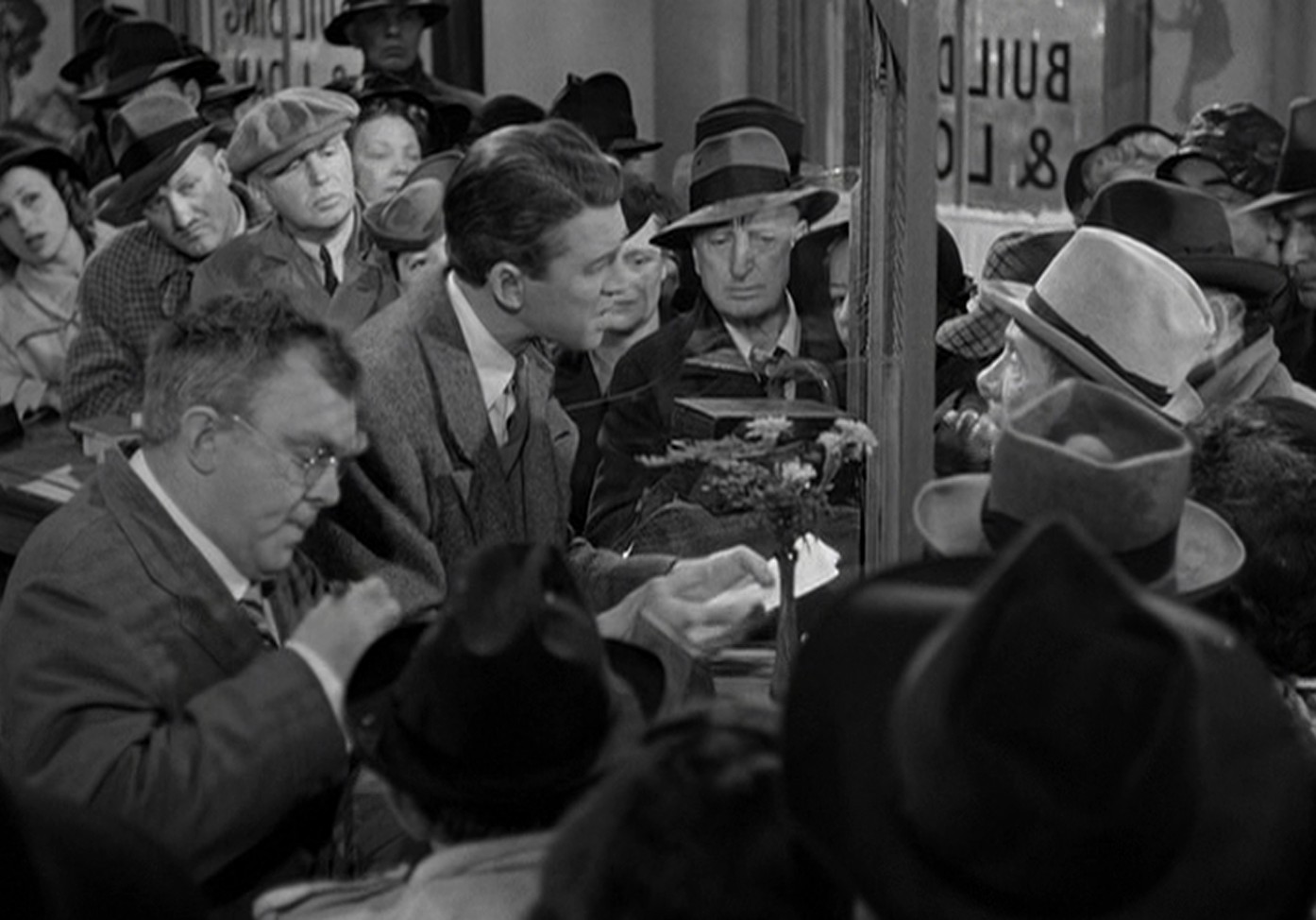
Those who do not learn history are doomed to repeat it. The vast majority of economic crises have been caused by flaws in the monetary system that have recurred repeatedly over the years.
In examining the history of money, is is essential to take in the outbreak of the Great Depression in the fall of 1929 which caused much economic hardship. A “bank run” occurs when a large number of people rush to withdraw their money from a bank, because they believe the bank may cease to function in the near future as it lacks the funds to cover all of its financial obligations. When the monetary system becomes unstable, a bank run becomes a possibility, although this is less likely in a system with moderate inflation. The classic Hollywood movie “It’s a Wonderful Life” captures the Great Depression and bank run perfectly.
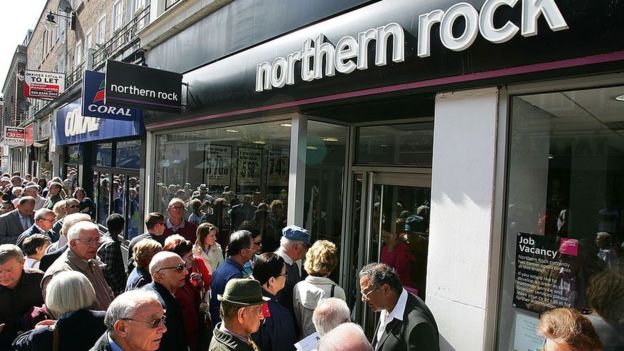
Bank runs are not a thing of the past. In 2007, Britain had its very own such event. Northern Rock, the U.K’s fifth-biggest mortgage lender at the time, saw the first bank run in Britain since 1866. It was only after the Bank of England said it would stand by the troubled Northern Rock that people calmed down and the pandemonium was quelled.
One of the good things about bitcoin is it’s spurred more people into asking questions about the purpose and function of money.
Thanks to Bitcoin and digital assets, I believe, many people learn about markets, investing, charting, fundamentals, gold, safe havens & other economic concepts for the first time. This is a phenomenal form of education & experience that will shape a new generation of investors. pic.twitter.com/KbGNl4DXQM
— Gabor Gurbacs (@gaborgurbacs) January 27, 2019
Sir William Paterson, a Scottish trader and founder of the Bank of England in 1694, perhaps put it best:
The bank hath benefit of interest on all moneys which it creates out of nothing.
The U.S. left the gold standard in 1971, and no country today has its currency backed by gold. More than ever, therefore, fiat currencies, and the interest rates set by the central banks who control them, are backed by nothing more than a promise. Proof of work cryptocurrencies such as bitcoin, in comparison, while wholly digital in nature, are backed by the energy expended by tens of thousands of miners that secure the network and validate transactions. Coupled with the provable scarcity that comes from having a fixed and knowable supply, and bitcoin takes the best elements of gold and combines them with fiat currency’s ease of exchange. Modern technology has given us the opportunity to evolve our monetary system and bitcoin is leading the way.
Will bitcoin become the new global currency? Let us know in the comments section below.
Images courtesy of Shutterstock, BBC, British Museum, IMF and IMDb.
Need to calculate your bitcoin holdings? Check our tools section.
The post Back to Basics: What Is Money? appeared first on Bitcoin News.
Powered by WPeMatico

